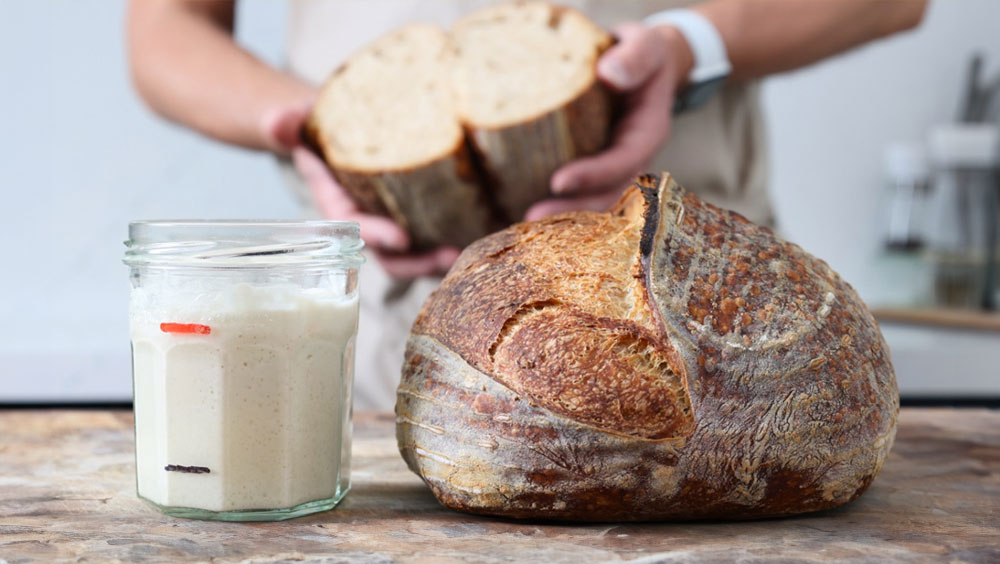Creating a sourdough starter from scratch is a rewarding process, but many home bakers often ask: how do I know when my sourdough starter is ready? Knowing the signs of maturity in your starter is key to successful sourdough baking. A ready starter ensures proper fermentation, flavor, and rise in your bread. In this guide, we’ll explore the essential indicators that show your sourdough starter is healthy, active, and ready to bake.
Look For Consistent Bubbling Activity
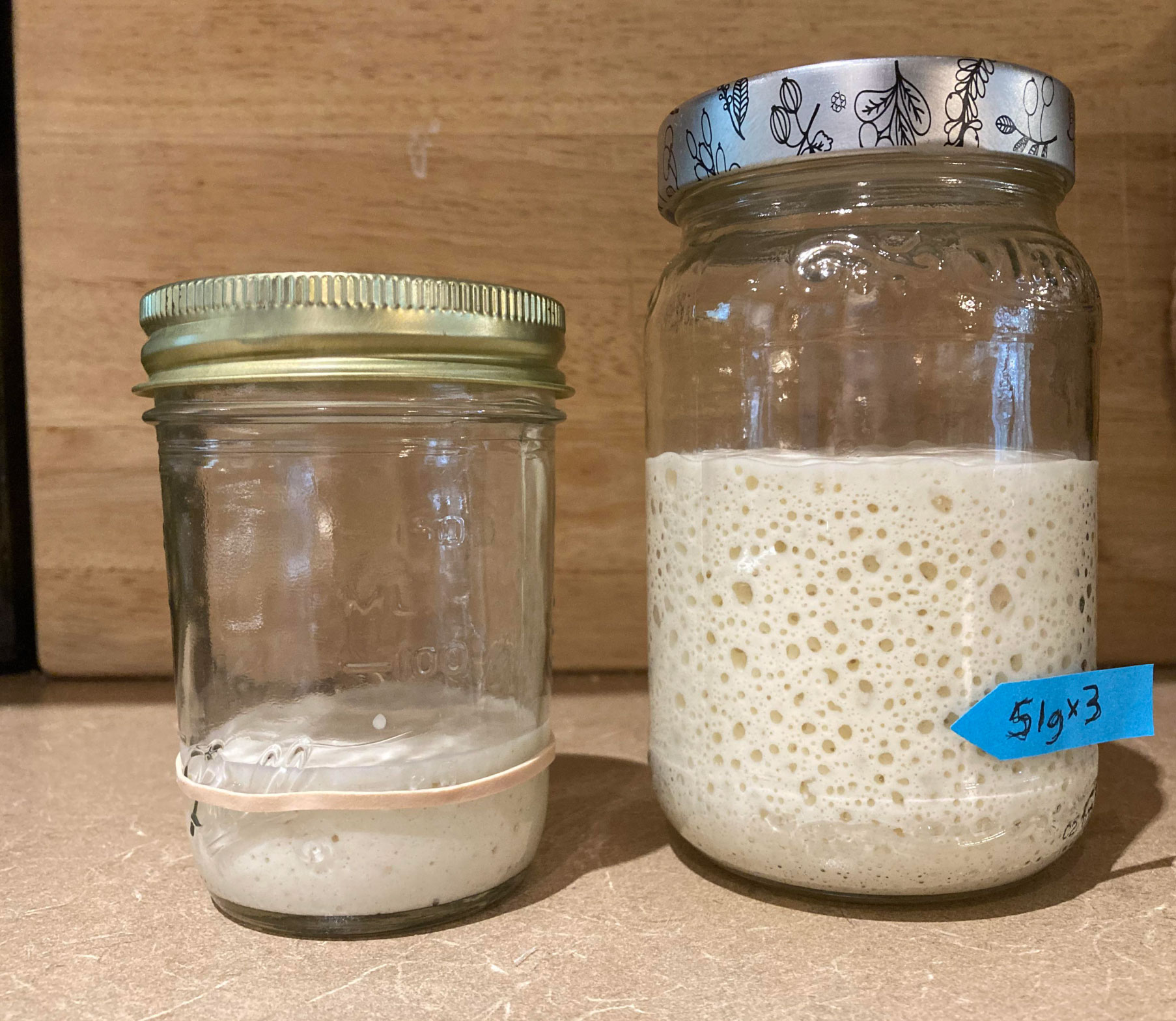
One of the first signs that your sourdough starter is ready is consistent bubbling activity. Healthy yeast and lactic acid bacteria produce carbon dioxide, creating bubbles throughout the mixture. This bubbling should be visible on the surface and the sides of your jar or container. If your starter bubbles actively within 4 to 6 hours of feeding, that’s a strong indicator it’s nearing maturity.
It Should Double In Size After Feeding
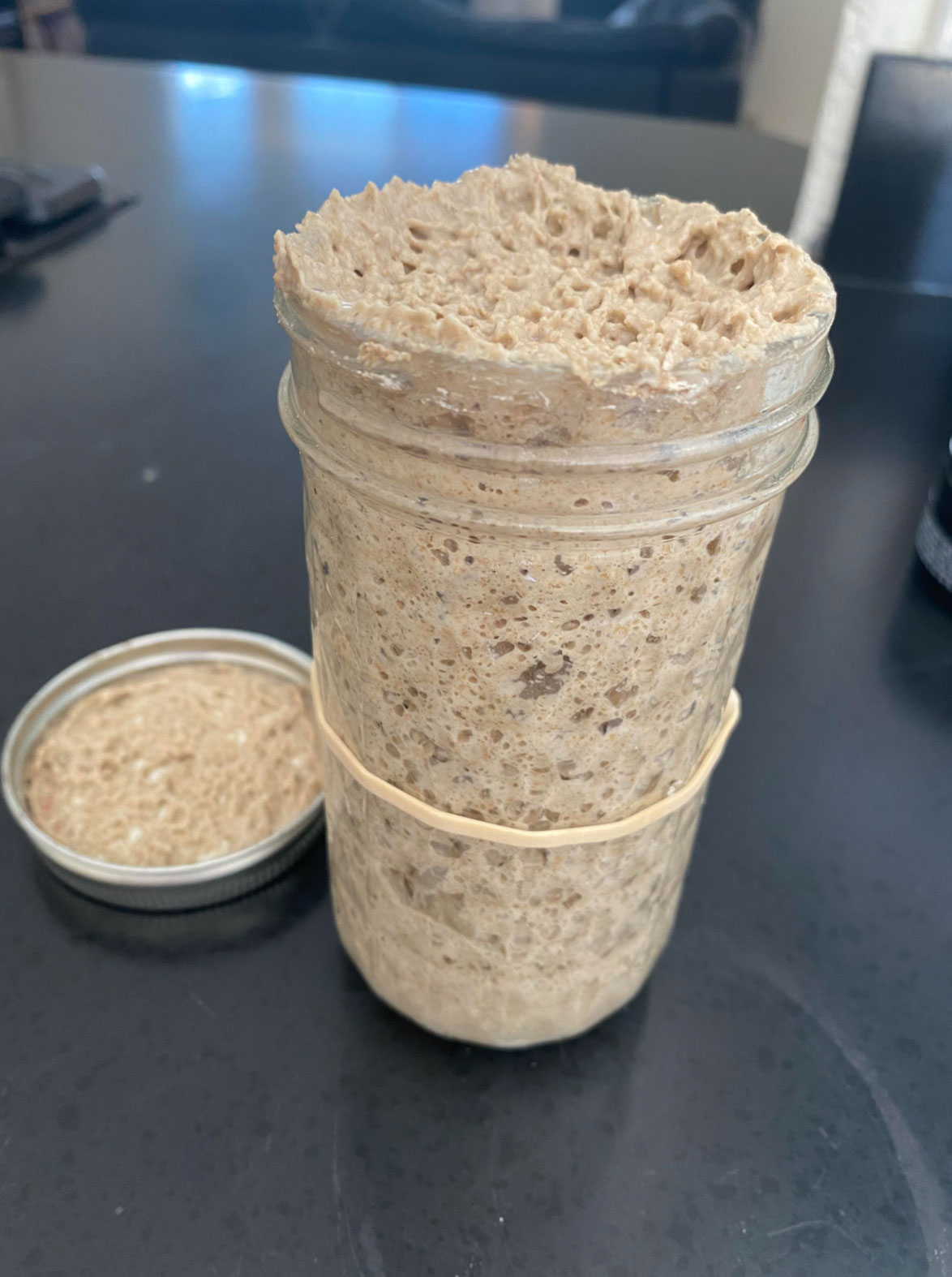
A mature sourdough starter will typically double or even triple in volume within 4 to 8 hours after each feeding. Keep your starter in a clear container with a rubber band or marker at the top of the initial volume to monitor its growth. If your starter consistently grows this much after each feed, you’re closer to answering the question: how do I know when my sourdough starter is ready?
Passing The Float Test

The float test is a reliable method to check if your sourdough starter is ready for baking. Simply drop a spoonful of your starter into a glass of room-temperature water. If it floats, the starter is full of gas and ready to use. If it sinks, it may need more time or another feeding. While not foolproof, this test can be a quick confidence booster before you mix your dough.
A Pleasant, Slightly Tangy Aroma
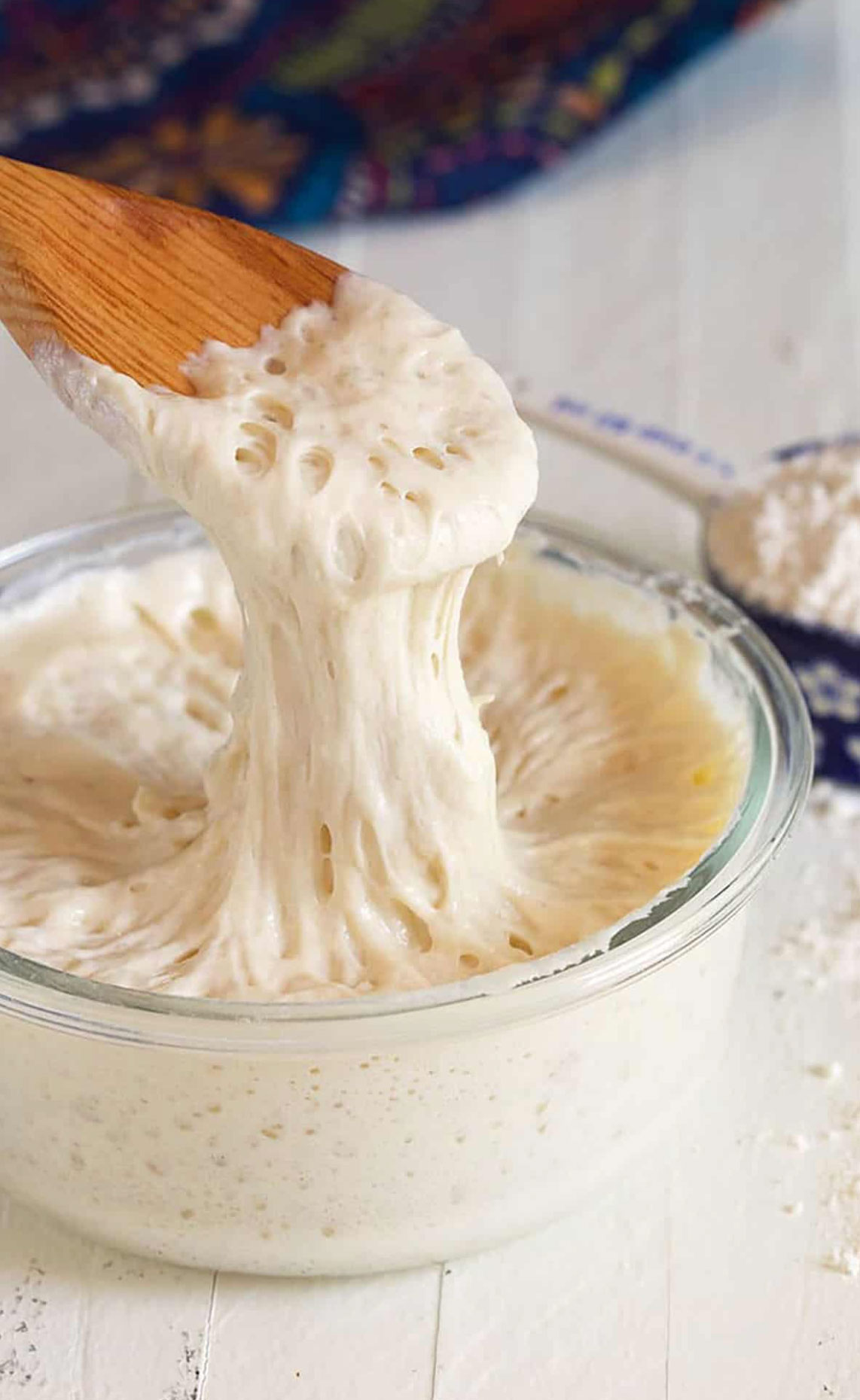
A ready sourdough starter should have a clean, tangy aroma, similar to yogurt or mild vinegar. If your starter smells too funky, sour, or like alcohol, it might be too hungry or over-fermented. A properly balanced starter will smell inviting, not unpleasant. Aroma is often overlooked but is one of the best indicators in answering: how do I know when my sourdough starter is ready?
It Maintains A Regular Feeding Schedule

Consistency is key when caring for a sourdough starter. If your starter grows and becomes active after each feeding regularly over several days, it has likely developed a stable microbial community. This reliability makes it suitable for baking and tells you it's time to put it to use. A starter that reacts predictably to its feeding schedule is a mature one.
Presence Of A Dome Shape Or Bubbly Top
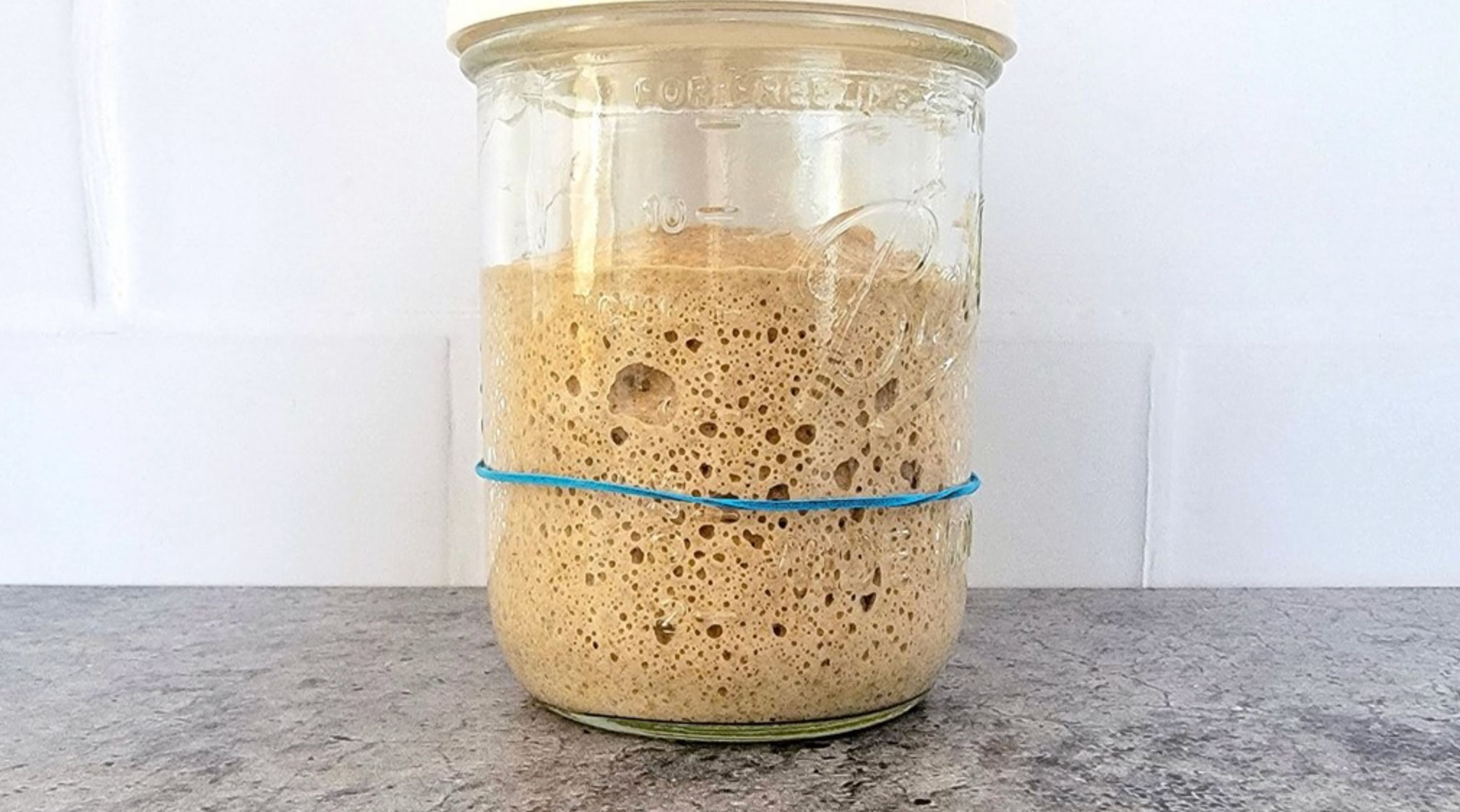
Check the top of your starter for a slight dome shape or bubbly, airy surface before it starts to collapse. This visual cue often aligns with the peak of yeast fermentation. Many bakers find that capturing their starter at—or just before—this peak ensures maximum leavening power, helping answer that persistent question: how do I know when my sourdough starter is ready?
No Signs Of Mold Or Discoloration
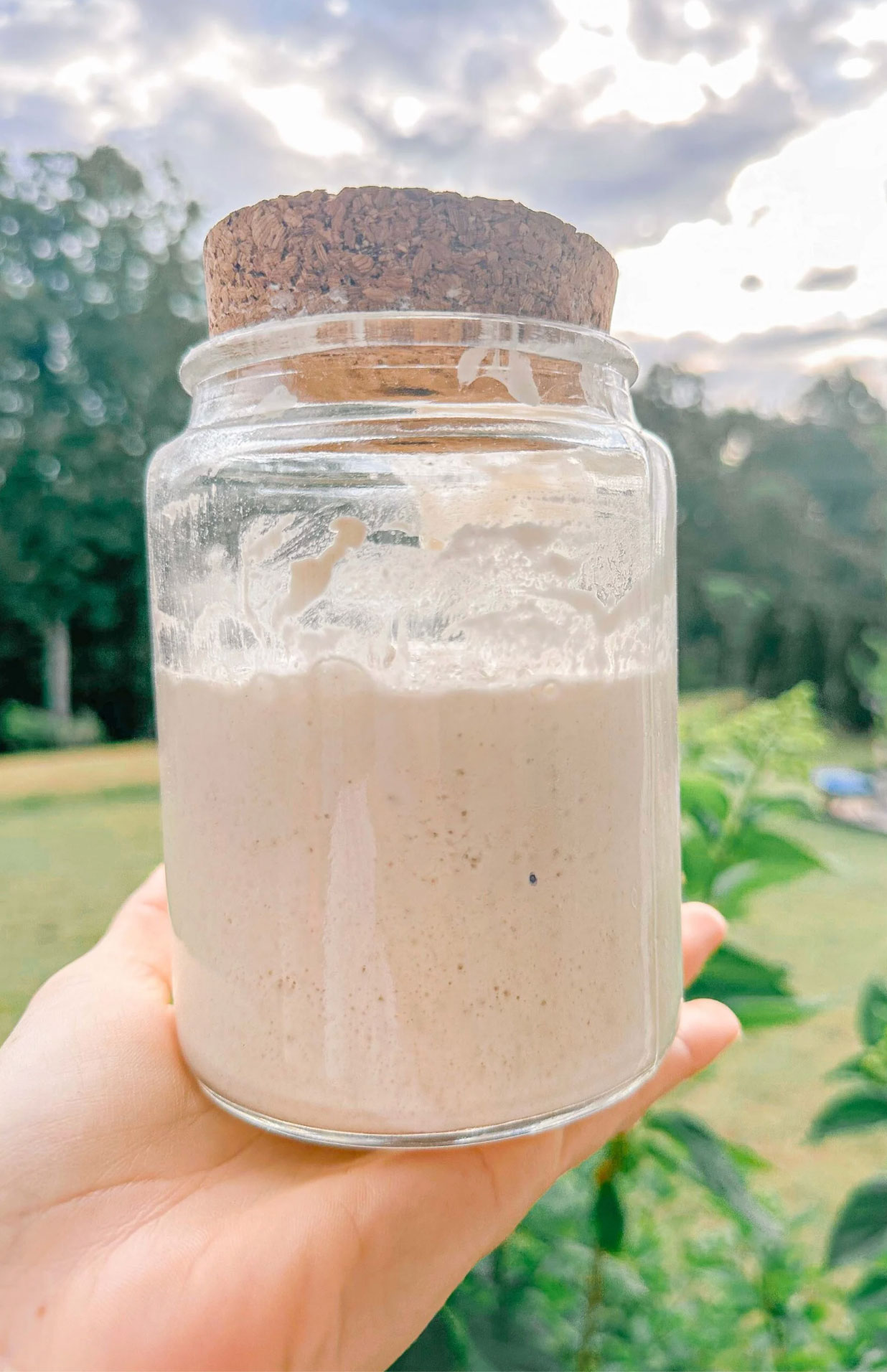
A healthy, mature starter should be free of mold, orange or pink streaks, or foul odors. These are signs of contamination and mean the starter should be discarded. While some liquid (called 'hooch') on top is normal and harmless, any unusual colors or textures are warning signs. A clean and consistent appearance indicates a safe and viable starter for baking.
Reaction Within 4–6 Hours After Feeding
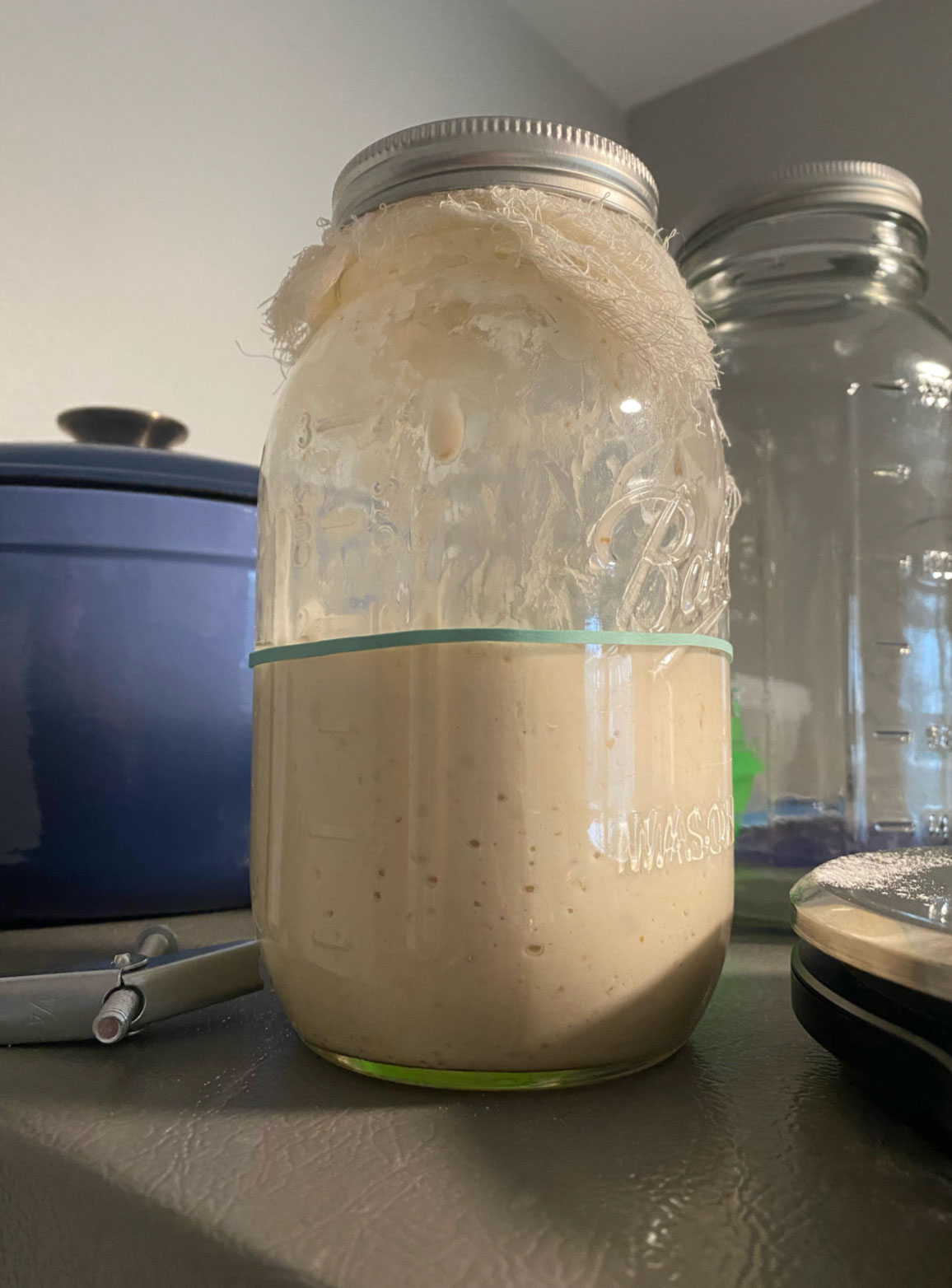
Timing your baking around your starter's peak activity is crucial. If your starter becomes frothy and visibly rises within 4 to 6 hours of feeding and passes the float test, that’s a sure sign it's ready. Synchronizing your baking schedule with this cycle ensures optimal fermentation and results in beautifully risen sourdough bread with depth of flavor.
So, how do I know when my sourdough starter is ready? By observing consistent bubbling, volume doubling, clean aroma, and passing the float test, you can have confidence your starter is active and mature. Regular feedings and careful attention to signs of health will ensure your sourdough journey is successful. With a ready starter, you’re well on your way to baking artisan-style loaves in your own kitchen.

